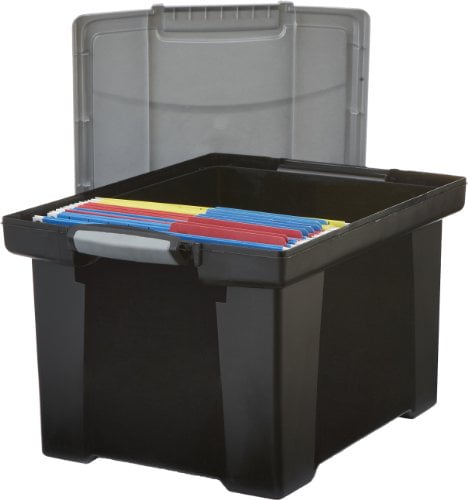

The blob connector does not auto refresh when data is updated in it. myfiles will need to be updated to the directory you want your files to be uploaded to.For the OnSelect property of the button add : AzureBlobStorage.CreateFile("myfiles",TextInput1.Text,UploadedImage1.Image).Add a button to your app for the user to click on it to upload the file by going to Insert > Button.Add a Textbox to your canvas app so you can name the file by going to Insert > Text > Text Input.Add an upload control to send a file to your blob storage by going to Insert > Media > Add Picture.Your app can now display files from blob storage into a gallery, now let’s add a way for users to upload new files to blob storage. If your blob storage container is locked down (which is the default and recommended) then you can use the GetFileContent method. This option is only if you set your blob storage to public access. ** Change YourStorageAccountName to your actual store account name if you used that option.You can use the MediaType to pass the path and URL to any type of supported control in PowerApps such as:.

FILE STORAGE CONTAINERS DOWNLOAD
FILE STORAGE CONTAINERS HOW TO
Let me show you how to quickly build an app where you can display and upload images from/to your Blob store.

FILE STORAGE CONTAINERS PASSWORD
Login with your organization email and password.If your organization has not signed up for Azure Blob Storage, you can follow these steps to sign up: To enable Azure Blob Storage in an app, you will need to get the following information: Not only that, you can share the app with users – and they will be able to use your app without you having to share the account keys to y our Blob store. With this update, you can now directly use the Azure Blog Storage connector from PowerApps to load or save images and other media. So far, this has not been possible out of the box – and customers have had to use workaround using a custom API ( ). One of the more common request we have seen from customers is that they want to use PowerApps and use Azure Blob storage to store their media files.


 0 kommentar(er)
0 kommentar(er)
